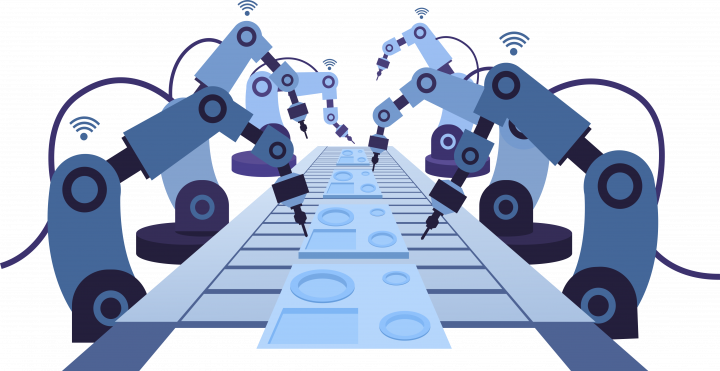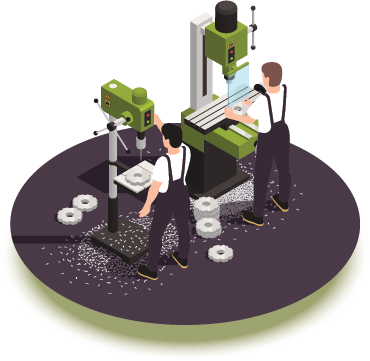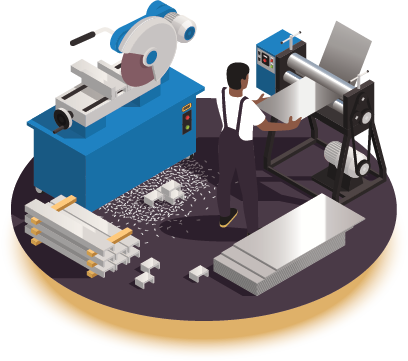
Machine upgrade involves integrating computer numerical control (CNC) into manual operation, replacing operator handling with computer-connected actuators. The process can apply partially or fully, integrating numerical control into specific cycles or combining all mechanisms into a single control system.
Advantages of manual machinery upgrade:
- Performance: Instrument positions optimize, reducing the number of movements, distances, and times.
- Accuracy: CAD integration allows for uniform, coordinate-accurate toolpaths increasing machining accuracy.
- Serial production: The codes can reproduce as many times as necessary, always generating the same cycles and thus the same parts.
- Prolonged tool life: Proper programming will avoid inaccurate operations, which commonly damage tools or reduce their life.
- Economy: During the machining process, the operator won’t be required, enabling them to operate multiple machines simultaneously.
Considering the mentioned benefits, evaluating the cost-benefit ratio of integrating numerical control systems into existing machinery becomes necessary.
Red CNC provides comprehensive machine upgrade services, including technical feasibility evaluation, for enhanced efficiency and performance.
- Reverse engineering for the upgrade of lathes, milling machines and manual machinery in general.
- Dynamic calculations for the selection of stepper motors, servomotors, power supplies, control boards and components in general.
- Machining of parts, assembly and tuning of the upgraded machinery.
In addition, Red CNC offers training services for the operation and preventive maintenance of the upgraded machinery. In the specific case of machining the machinery, intensive training for the design of parts and assemblies by computer, as well as their programming for machining.

Lathe Machines

Milling machines

Other Machinery
Summary
In conclusion, machine upgrade enhances machining efficiency and productivity by integrating computer numerical control (CNC) into manual operation. It offers numerous advantages, including precise control and coordination of tool movements. This upgrade replaces manual handling with computer-controlled actuators, optimizing performance.With optimized instrument positions, reduced movements, and enhanced accuracy, machining operations become more streamlined and effective.
Another key benefit of machine upgrade lies in its ability to facilitate serial production. By generating consistent and reproducible machining cycles, the upgrade ensures that parts are manufactured with uniform quality and precision. This capability is particularly beneficial for industries requiring high-volume production of standardized components. Moreover, the integration of CAD software enables the creation of uniform, coordinate-accurate toolpaths, further enhancing machining accuracy and reducing errors.
Furthermore, the upgrade contributes to prolonged tool life by minimizing inaccurate operations that can damage tools or reduce their longevity. With proper programming and control, the risk of tool wear and breakage is mitigated, leading to cost savings and improved operational efficiency. Additionally, the upgrade enables economies of scale by reducing labor requirements during the machining process. With operators no longer needed to oversee manual operations, they can focus on supervising multiple machines simultaneously, maximizing resource utilization and productivity.